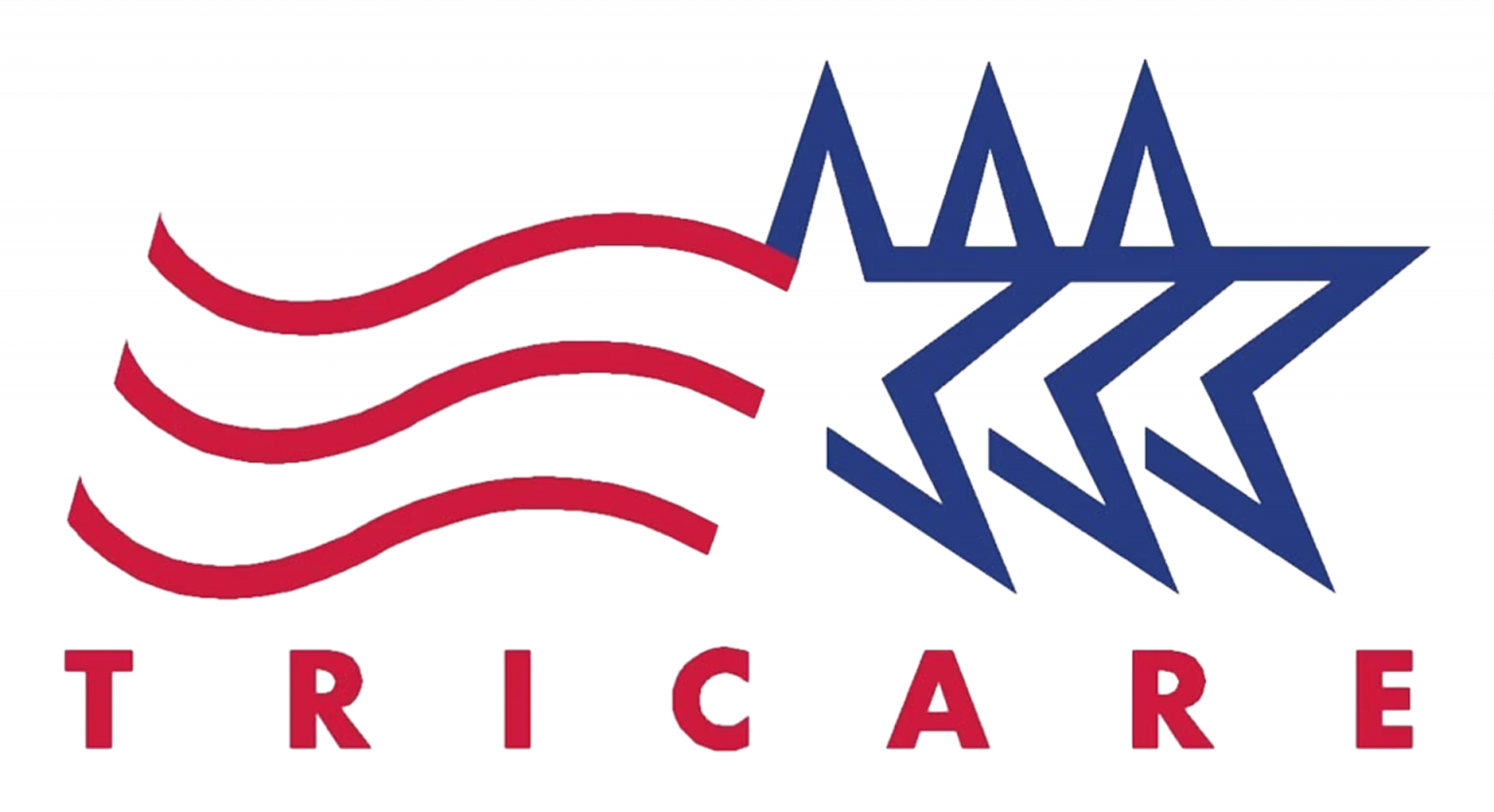When exploring ketamine as a potential mental health treatment, you might be curious about ketamine dosing. Is it safe? What makes the dose safe? While ketamine has long been used in medical settings like operating rooms, the dosage for mental health treatment is significantly lower and carefully personalized to each patient. Below, we take a closer look.
What is Ketamine?
Ketamine is a medication with a long history of medical use, originally approved as an anesthetic and widely utilized in operating rooms and emergency care. More recently, it has gained attention for its rapid and effective ability to treat mental health conditions like depression, PTSD, and anxiety.
When used for anesthesia, ketamine’s goal is to “take the mind offline” completely, inducing a deep state of sedation. However, in mental health treatment, the objective is different: ketamine is administered in much lower doses to create a state of introspection, neural restructuring, and emotional processing.
Ketamine works by targeting NMDA receptors in the brain, which leads to the release of glutamate, a key neurotransmitter. This process promotes new neural connections, offering patients a chance to break free from entrenched patterns of depression or trauma.
What is a Safe Ketamine Dose?
In ketamine therapy for mental health, dosing is carefully calculated and tailored to the individual. Unlike in surgical settings, where doses often range from four to six mg per kilogram of body weight, mental health treatments begin much lower. At Bespoke Treatment, IV ketamine sessions typically start at 0.5 mg per kilogram; this is considered the “sweet spot” to achieve therapeutic effects without overly intense dissociation.
For many patients, this starting dose is enough to initiate the benefits of ketamine therapy. However, finding the optimal dose requires ongoing communication and monitoring. Our providers work closely with each patient, gradually increasing doses—often to 0.7 to 1.0 mg per kilogram—based on their comfort and therapeutic response. The goal is to help patients achieve a balance: enough dissociation to quiet the mind and encourage introspection, but not so much that the experience becomes overwhelming.
At the same time, we have patients who often worry that a session where they didn’t feel “much” may have been wasted, but this is rarely the case. Even sessions that feel less intense are still delivering a physiological response, with ketamine stimulating neural changes and helping quiet incessant, negative thoughts. For many, this quieting effect can be a powerful first step toward relief.
Ultimately, the dosing process is a collaborative discussion between patient and provider. If the initial 0.5 mg per kilogram dose feels underwhelming, providers may incrementally increase it until the patient finds their ideal range. The maximum dose typically stays around 150 mg, which remains well within the safety window and avoids the risks associated with higher, non-medical doses.
Safety and Long-Term Considerations
While ketamine is safe when administered in a controlled environment, some concerns—such as bladder issues—are often linked to frequency and volume of use. For this reason, ketamine therapy is best used as a short-term tool that delivers long-term relief rather than a daily treatment. At Bespoke Treatment, our team carefully monitors each ketamine session, ensuring the medication is used responsibly and effectively and avoiding the potential pitfalls of misuse.
Finding the Right Dose for You
Ketamine therapy isn’t one-size-fits-all. At Bespoke Treatment, our experienced providers work with each patient to determine the right dose that works for them and achieves optimal therapeutic benefit. By starting at a low, effective dose and making adjustments based on individual needs, ketamine therapy provides a powerful opportunity for healing and transformation.
If you’re considering ketamine therapy, contact Bespoke Treatment today to find out if you’re eligible.


























